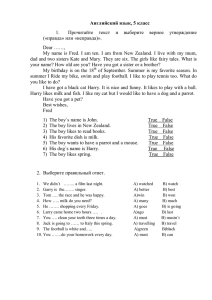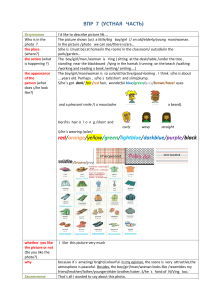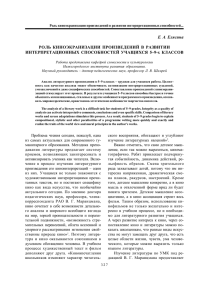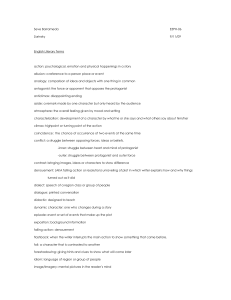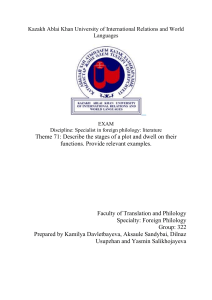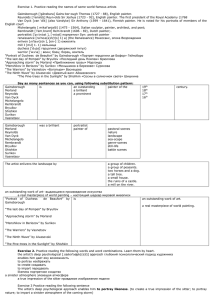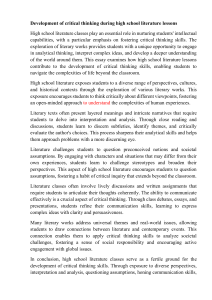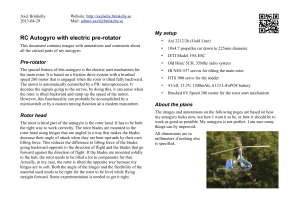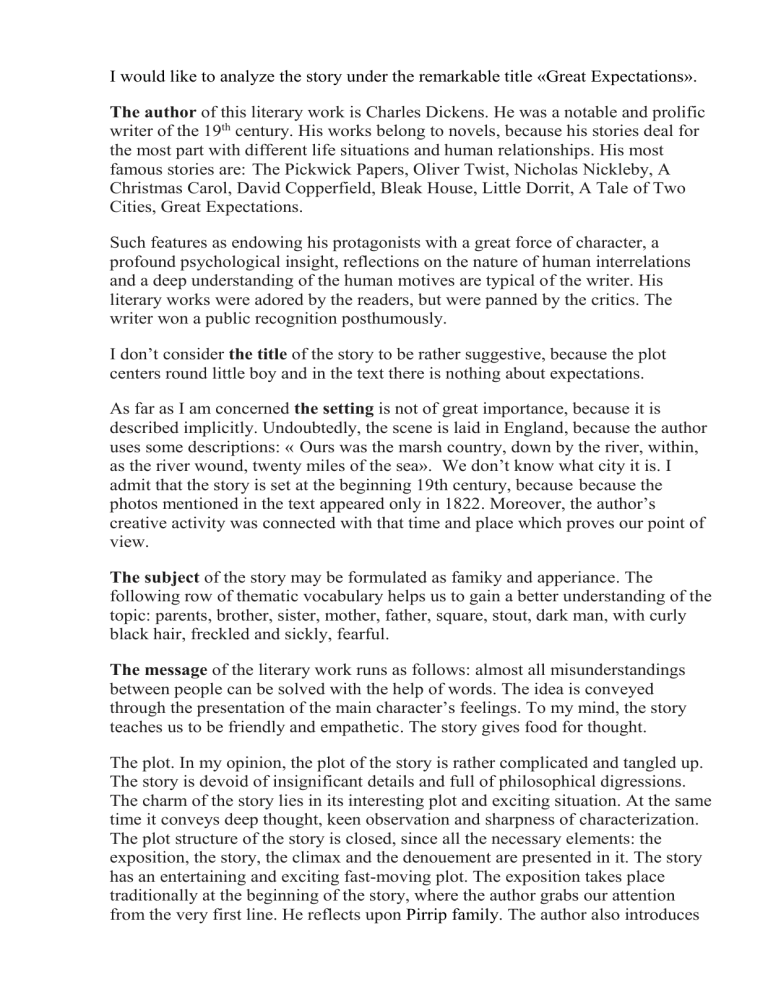
I would like to analyze the story under the remarkable title «Great Expectations». The author of this literary work is Charles Dickens. He was a notable and prolific writer of the 19th century. His works belong to novels, because his stories deal for the most part with different life situations and human relationships. His most famous stories are: The Pickwick Papers, Oliver Twist, Nicholas Nickleby, A Christmas Carol, David Copperfield, Bleak House, Little Dorrit, A Tale of Two Cities, Great Expectations. Such features as endowing his protagonists with a great force of character, a profound psychological insight, reflections on the nature of human interrelations and a deep understanding of the human motives are typical of the writer. His literary works were adored by the readers, but were panned by the critics. The writer won a public recognition posthumously. I don’t consider the title of the story to be rather suggestive, because the plot centers round little boy and in the text there is nothing about expectations. As far as I am concerned the setting is not of great importance, because it is described implicitly. Undoubtedly, the scene is laid in England, because the author uses some descriptions: « Ours was the marsh country, down by the river, within, as the river wound, twenty miles of the sea». We don’t know what city it is. I admit that the story is set at the beginning 19th century, because because the photos mentioned in the text appeared only in 1822. Moreover, the author’s creative activity was connected with that time and place which proves our point of view. The subject of the story may be formulated as famiky and apperiance. The following row of thematic vocabulary helps us to gain a better understanding of the topic: parents, brother, sister, mother, father, square, stout, dark man, with curly black hair, freckled and sickly, fearful. The message of the literary work runs as follows: almost all misunderstandings between people can be solved with the help of words. The idea is conveyed through the presentation of the main character’s feelings. To my mind, the story teaches us to be friendly and empathetic. The story gives food for thought. The plot. In my opinion, the plot of the story is rather complicated and tangled up. The story is devoid of insignificant details and full of philosophical digressions. The charm of the story lies in its interesting plot and exciting situation. At the same time it conveys deep thought, keen observation and sharpness of characterization. The plot structure of the story is closed, since all the necessary elements: the exposition, the story, the climax and the denouement are presented in it. The story has an entertaining and exciting fast-moving plot. The exposition takes place traditionally at the beginning of the story, where the author grabs our attention from the very first line. He reflects upon Pirrip family. The author also introduces Philip into the story. He is the main character a boy who, due to his age, cannot pronounce his full name yet. Later the narration gains momentum and we get to know that the boy's parents died and he came to the cemetery to visit them. There he meets an intimidating man who threatens him in every possible way. The climax of the story is rather vivid and quite unexpected, because a stranger threatens to kill Pip. The highest point of the action creates a great emotional tension and explains nothing at once. The passage is rich with such emotionally coloured words, as, for example, pleaded in terror. The author renders feelings through thoughts and actions of the main character. The denouement is quite unpredictable, as the man did not kill the boy but instead asked him to bring food. Alive and practically unharmed, Pip ran home as fast as he could. The story is told in the first person narration. It allows us to regard main character’s point of view. The composition of the literary work is level, because all the elements are given in their logical and chronological sequence. Narrative forms, used in the story, are the following: the exposition, the narration, the description and the dialogue. The characters. The protagonist is Pip, the antagonistis an unnamed escaped convict. The charm of the story lies in a realistic portrayal of the characters. They are full-blooded and many-sided. The author’s real central figure seems to be complex. The author reveals the nature of his characters through actions and description of their motives. At the beginning a prisoner was very rude and dangerous, but by the end of the text he became a little more restrained. The story reveals the author’s great knowledge of man’s inner world. He penetrates into the subtlest windings of the human heart. It shows the person’s pangs if te main character Pip suffers from such drawbacks as the death of his parents . The character is portrayed dynamically. The author uses the direct characterization, because he evaluates the protagonist himself. The major character is represented through his behaviour and thoughts.The author shows complex complicated, realistic, well portrayed characters. The events and descriptions in the story are seen through the main character’s eyes. So, the story is a remarkable insight into human character and these explicit hints for seizing the personalities of the characters promote better understanding of their actions. The conflict. We may observe the external conflict: a man against a man which reveals how intricate relations are between people. This conflict contribute to an accurate and complete realization of the author’s message. The Vocabulary. The story is full of emotionally-coloured words, which show the author’s knowledge for a deep psychological analysis of his characters: dreadfully, frightened, giddy, threatening, trembling, pleaded, terror, pray, terrible, etc. I’ve found such phrasal verbs, as: come back and idiomatic expressions: There is a vulgar expression: “You young dog.” I discovered such antonyms, as wittles-food, up-down, warm-cold and such synonims, as frightening- terrible. Now let’s see how the author’s intention is realized in the language of the story. The author uses a a few stylistic devices to reveal his idea. Repetition: "Now lookee here," he said, "the question being whether you're to be let to live. You know what a file is?" "Yes, sir." "And you know what wittles is?" "Yes, sir."; You get me a file." He tilted me again. "And you get me wittles." He tilted me again. "You bring 'em both to me." He tilted me again. "Or I'll have your heart and liver out." He tilted me again.; Anaphora: That young man hears the words I speak. That young man has a secret way pecooliar to himself, of getting at a boy, and at his heart, and at his liver. It is in wain for a boy to attempt to hide himself from that young man. A boy may lock his door, may be warm in bed, may tuck himself up, may draw the clothes over his head, may think himself comfortable and safe, but that young man will softly creep and creep his way to him and tear him open. In conclusion, I found the story thought-provoking and entertaining. The thing I liked most about the story is well portrayed characters. Life sometimes presents us with unexpected and not the most pleasant acquaintances during difficult periods of life, and it is important to be able to cope with this. We are all human, and for all of us, spoken and heard words play a big role.

